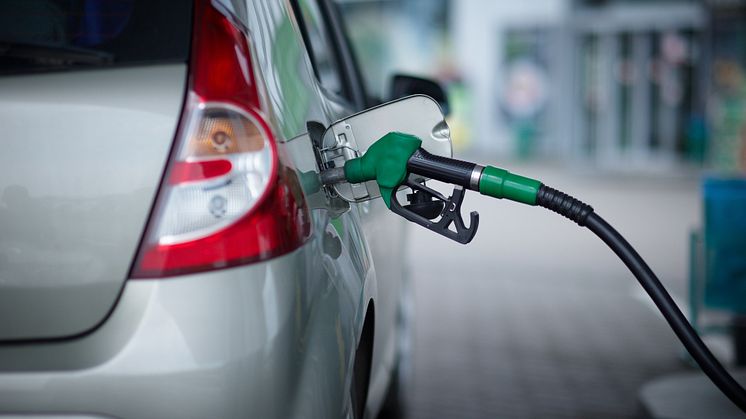
News -
Fuel saving tips to combat rising petrol prices.
The cost of fuel is rising again. According to the latest data from the **RAC, the average price of a litre of petrol has reached 150p per litre on the forecourt for the first time since last year, and motorists are feeling the pinch.
IAM RoadSmart has put together some top tips for driving and riding in an eco-friendly manner, which in turn can help cut the amount of fuel you use. After all, every little bit helps.
- Try to keep your driving smooth with gentle acceleration, and using the highest safe gear will use less fuel. Ease off the accelerator early for traffic lights if they are red; why hurry up to wait? If you can time your arrival for the light going green, you will use less fuel from the rolling start.
- At roundabouts, anticipate other vehicle movements; sometimes, if it is safe to do so, you might not need to stop at all if you time your arrival at the roundabout to coincide with a gap in roundabout traffic.
- Try to avoid driving during rush hour. Stopping and starting in traffic needs the use of the first gear, and a lot of fuel is dispensed to get the vehicle moving again.
- Keep your tyres well maintained at the correct pressures. When they are due for replacement, there are brands that are designed for extra economy, which may be worth considering. Underinflated tyres tend to increase fuel consumption.
- Get rid of unnecessary weight. Cars work just like the human body; your body needs more energy to move around more weight, and so does your car. Take heavy items out of the car if you don’t need to carry them. A roof rack or roof box will increase drag, and you will use more fuel to overcome this. Remove it if it is not being used.
- Consider making one round trip rather than several short trips. Once the engine is warm, it will operate at its most efficient, while several cold starts will increase fuel consumption, even though the total mileage could be the same.
- Turn off the air conditioning if it’s working overtime because it uses extra fuel. When the rear window is cleared, turn off the rear screen heater. The more electricity your car has to produce, the more fuel it will use.
- Keep your speed low. It sounds obvious, but driving at faster speeds on motorways and dual carriageways uses more fuel. You can reduce fuel consumption by up to 25 percent if you travel slower than the 70-mph limit. Try pressing more lightly on the accelerator; often, you can maintain the same speed with less pressure on the pedal.
- Shop around. Thanks to the Competition and Markets Authority’s review of fuel pricing, most fuel retailers publish their prices. This means there are multiple apps, such as MyRAC, among others, that can give you the cheapest local price. Do not assume that supermarkets are automatically the lowest-priced.
- If you drive a plug-in vehicle, make sure you maximise the potential by charging the battery. The increased weight of the vehicle will mean that, in the long run, the actual mpg will be far short of the claims. But over short journeys and by using electric where possible, your running costs will reduce.
IAM RoadSmart Policy and Standards Director Nick Lyes says: “Fuel is expensive, but a few small changes in the way we prepare our vehicles and plan our journeys can make a big difference in our fuel consumption. Remember that safety, reducing emissions, and fuel saving can be complementary if we drive effectively.”
*** Prices are based on data collected by the RAC



